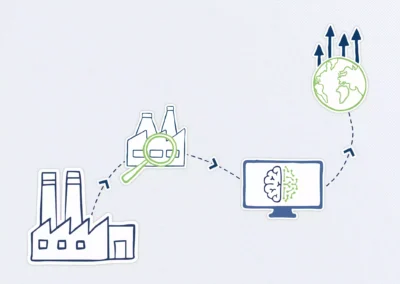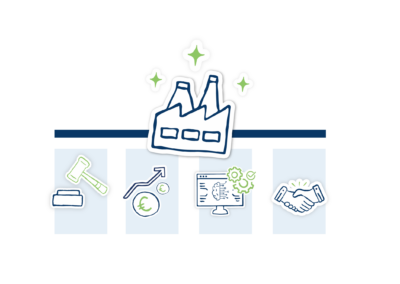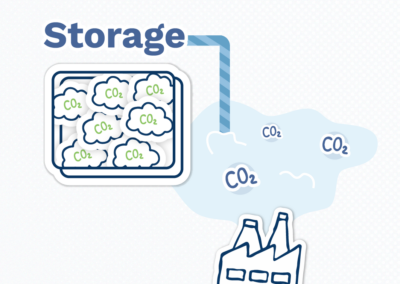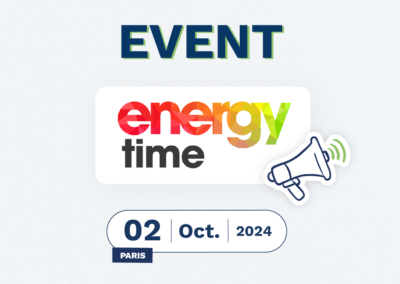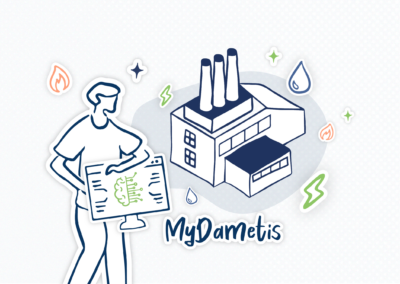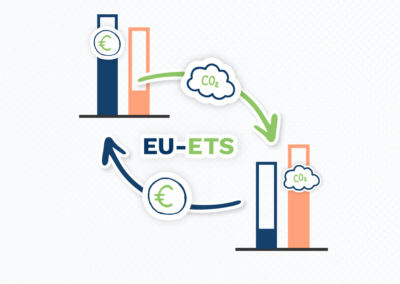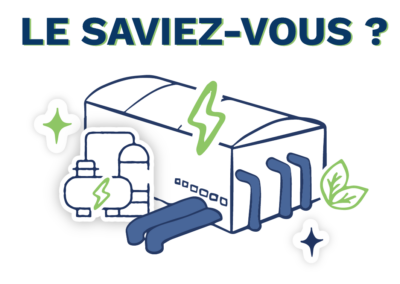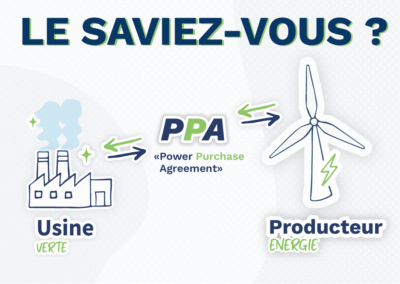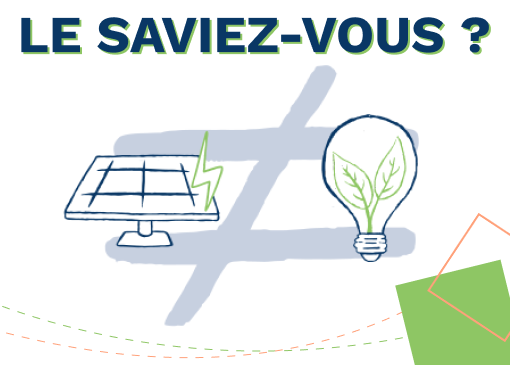
Is There a Difference Between Green Energy and Renewable Energy?
When seeking to consume more eco-friendly energy, two terms often come up: green energy and renewable energy.
How to choose between them? Let us simplify things for you: green energy and renewable energy are synonyms. However, among the various energy offers, one must be cautious because not all so-called “clean” energy offers (another synonym!) are equal and do not provide the same guarantees.
Definition of Green Energy / Renewable Energy
Different Types of Green/Renewable Energy
There are several types of energy qualified as green or renewable, available in varying quantities. This is why, in 2020, renewable energies accounted for only 19.1% of energy consumption in France. This figure is increasing year by year as new infrastructures are created and processes are improved.
Methods of producing green energy include:
Biomass: This involves converting organic and plant matter into energy. The most known and used example of biomass is wood energy, which involves burning wood to produce heat.
Hydropower: This energy is generated through the movement of water, which turns turbines to generate electricity. This electricity is mostly used on the coasts due to energy loss during transport. Studies are ongoing to reduce this loss during energy transport or storage.
Wind Energy: Generated through wind power using the same turbine principle as hydropower.
Solar Energy: Capturing the heat emitted by the sun with solar panels and converting it into electricity. This energy depends on the climate and is therefore constrained by the location of installations and seasonality.
Geothermal Energy: Capturing heat from the ground. This production method has the advantage of being constant throughout the year, as the temperature inside the Earth is unchanging.
All the above green energies are also renewable, as the two terms are synonymous.
Guarantee Levels of Energy Contracts
The Original System of Certificates of Origin
The VertVolt Label for Promoting Local Green Energy
What changes with the VertVolt label is the addition of requirements regarding the origin of renewable energies and a two-level system.
To achieve Level 1 (Engaged Level), in addition to certificates of origin, green energy must be purchased from producers based in France.
For Level 2 (Highly Engaged Level), all Level 1 conditions must be met, and in addition, 25% of renewable energy must come from:
- Installations commissioned recently without state aid
- Installations set up by local authorities with shared governance (i.e., the project is jointly managed with another entity, such as a citizen project or an association).
This level system aims to encourage the creation of new infrastructures.
France’s Goals for Green/Renewable Energy
France has an energy plan defining its goals over several years, called the Multiannual Energy Programming (PPE). According to the PPE, France aimed to reach 23% renewable energy in its energy mix by 2020. In reality, renewable energies accounted for only 14% of the energy mix in 2020 and 19.1% in 2022.
The goal for 2030 is to reach 33%, exceeding the European target of 32%. According to the government’s website, we should surpass this target. The government predicts that by 2030, 40% of electricity production will come from renewable energies.
Now you know there is no difference between green energy and renewable energy. Would you like assistance in negotiating your energy contract? Contact Dametis to control the price and origin of your energy.










